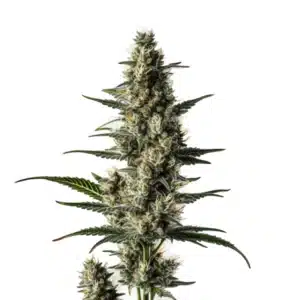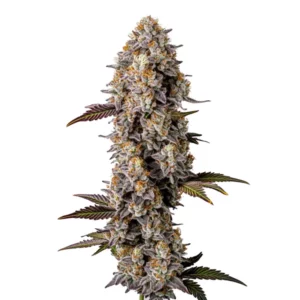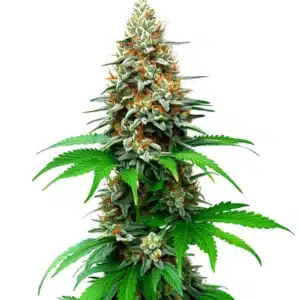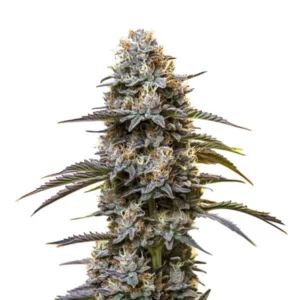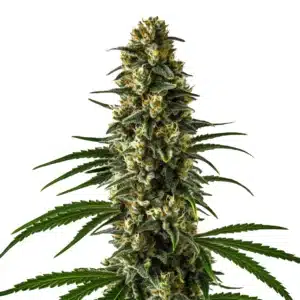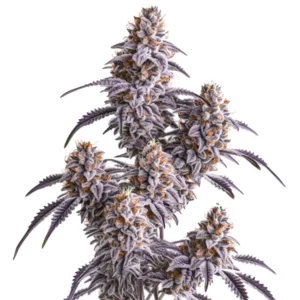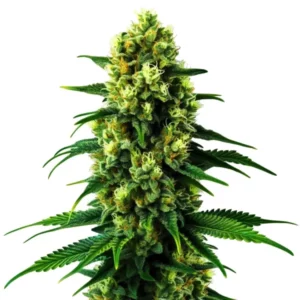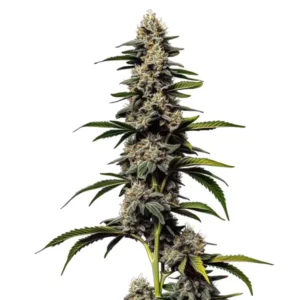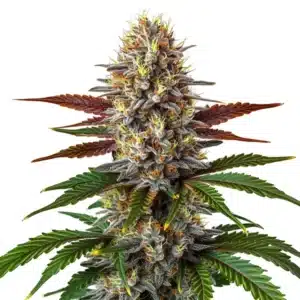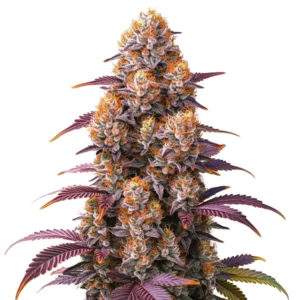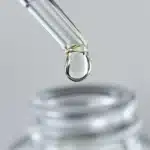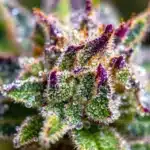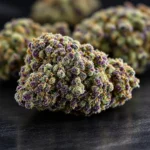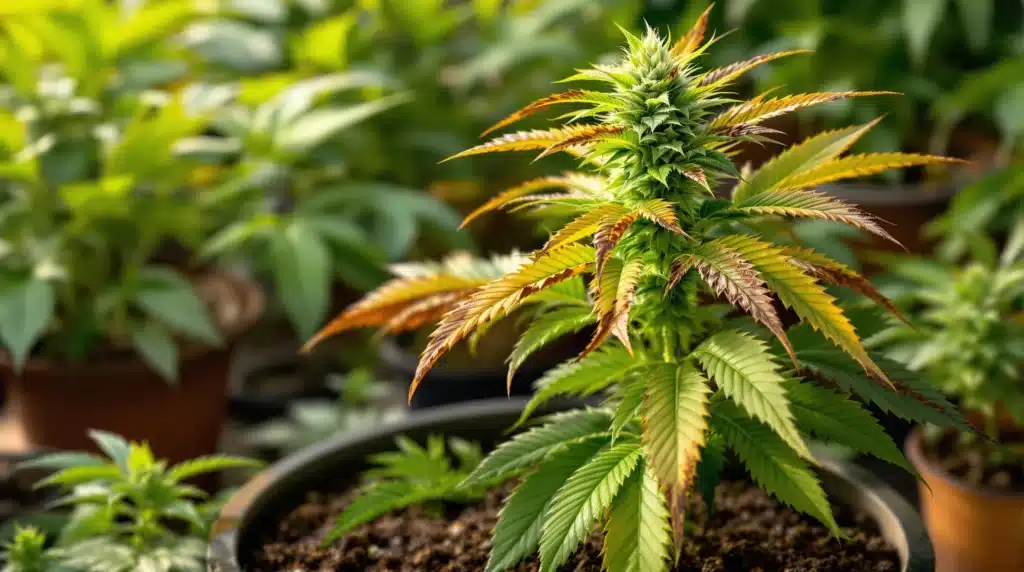
Cannabis Leaves Turning Brown: Causes and Solutions
If you’ve ever spotted brown leaves on your cannabis plants, you know it can evoke a sense of concern. It doesn’t matter if you’re just starting out or have experience; encountering this issue can be unsettling. However, taking the time to pinpoint the cause early can greatly enhance the health of your plants and ensure a bountiful harvest. Let’s dive into some common reasons why cannabis leaves may be turning brown, along with effective solutions to tackle these problems.
Causes of Brown Leaves
When brown leaves appear, they can stem from various factors. Recognizing these causes will help you take action quickly to restore your plants to better health. Below are some prevalent reasons why this phenomenon might occur:
Recommended Strains
Lemon Auto
|
|
THC | 17% - 25% (Medium) |
|
|
Type | Autoflowering |
|
|
Yield | Low |
|
|
Phenotype | 40% Indica / 60% Sativa |
Lemon Cherry Gelato
|
|
THC | 23% - 29% (High) |
|
|
Type | Feminized |
|
|
Yield | High |
|
|
Phenotype | 60% Indica / 40% Sativa |
- Nutrient Burn: Too much fertilizer can stress plants. An overload of nutrients may damage roots, leading to brown, dieing leaves.
- Overwatering: Providing excess moisture can suffocate roots, leading to decay and the inability to absorb vital nutrients, which results in browning leaves.
- Underwatering: Conversely, insufficient water can dry out plants, causing crispy edges and browning foliage.
- Pest Infestations: Pests like spider mites and aphids can sap your plants’ moisture and nutrients, resulting in discolored leaves.
- Light Burn: If your plants are positioned too close to intense lights, you may notice the tips and edges turning brown, a sign of stress from excess light.
By identifying these common issues, you can take significant steps toward improving the overall condition of your plants and ensuring their prosperity. Always remember that observation is key. Regularly check the health of your plants to catch any distress signals early on, allowing you to adjust your care accordingly.
Nutrient Burn Explained
Nutrient burn occurs when the concentration of nutrients within your soil or growing medium is too high for your plants to handle. This often manifests as burnt leaf tips and browning edges, particularly for nitrogen, phosphorus, and potassium. Monitoring nutrient levels is essential to maintaining a balanced feeding regimen.
To mitigate nutrient burn, consider using a balanced fertilizer formulated for cannabis. Start with lower concentrations and gradually increase them based on how the plants respond. If you notice signs of nutrient burn, act swiftly by flushing the plants with fresh water. This simple step can help reset nutrient levels in the soil, providing a healthier environment for recovery.
Watering Practices
Watering is a critical aspect of successful cannabis cultivation. It’s essential to strike the right balance; overwatering can lead to root rot, while underwatering can stress the plant, leading to browning leaves. The key is to observe the moisture levels and respond accordingly.
A helpful technique is to check the top inch of the soil; if it feels dry, it’s time to water. If the soil remains moist, wait a bit longer. Utilizing pots with drainage holes can significantly mitigate issues associated with overwatering. Regularly assessing your soil will help ensure your plants are hydrated while preventing the frustration associated with brown leaves.
Promos & Deals
Pest Problems
The presence of pests can be detrimental to your cannabis plants. Tiny creatures like spider mites can be particularly troublesome and often go unnoticed until they have caused significant damage. If you notice browning or stippling on leaves, this could indicate a pest problem. Routinely inspecting the undersides of leaves for webs or insects will enable you to catch infestations early.
- Prevention: Keeping your growing area clean and inspecting your plants on a regular basis creates a barrier against pest populations.
- Treatment: Utilize insecticidal soap or natural remedies such as neem oil to combat and manage pest infestations effectively.
Additionally, fostering a healthy environment with the right humidity levels will help deter pest issues. If you suspect an infestation, isolating affected plants can prevent the spread of pests to your healthy plants. Regular monitoring and prompt action will make a significant difference in protecting your cannabis garden.
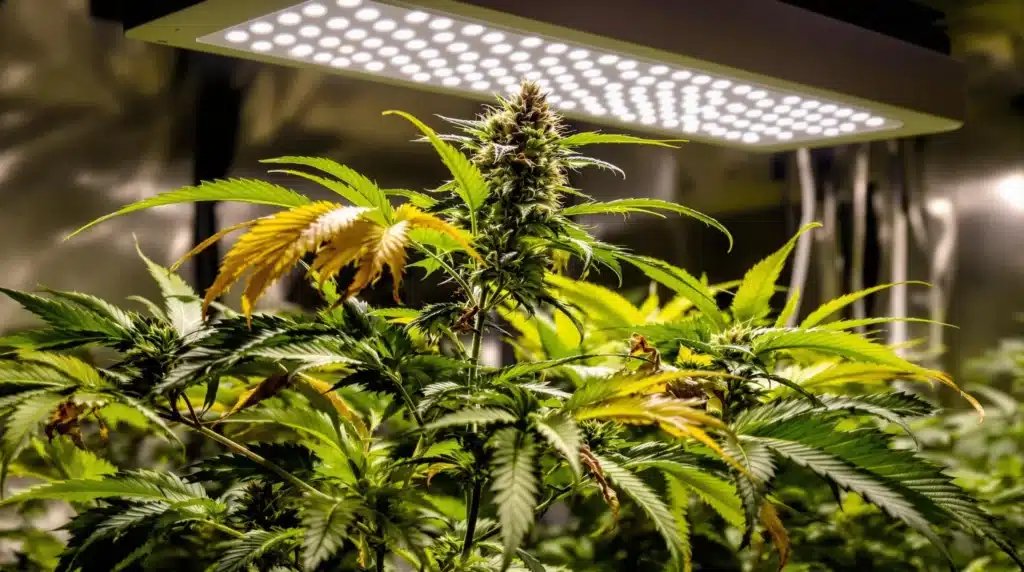
Spider Mites and Their Effects
Spider mites are among the most notorious pests. Feeding on the sap of cannabis leaves, they create a range of issues, including brown leaves and reduced vigor. They thrive particularly well in dry conditions, which makes controlling humidity levels essential to preventing infestations.
If spider mites invade, it’s important to act immediately by isolating the afflicted plants. Treatments with appropriate products or natural solutions can help manage their populations effectively. Alongside treatment, maintaining a close watch on your plants will enable you to address any early signs of distress before they escalate into bigger problems.
Other Pests to Watch For
While spider mites are a significant concern, don’t overlook other pests like aphids and whiteflies, which can also harm your plants. They might be larger than spider mites, but their feeding habits can also lead to browning leaves. Always observe new growth, as those tender leaves are often the first points of attack for pests.
In cases of severe infestations, introducing beneficial insects such as ladybugs can help control pest populations naturally. This method allows you to protect your plants without resorting to heavy chemicals, supporting a more organic approach to gardening.
Light Conditions and Plant Health
While light is a cornerstone of cannabis growth, excessive light can harm your plants. When positioned too closely to powerful grow lights, plants can suffer from light burn, which often reveals itself through crispy brown tips and fading leaves. Adjusting the distance between your plants and the light source is typically an easy remedy for this issue.
- LED and HID Lights: Different lighting technologies have varying distance requirements. Adhering to the manufacturer’s guidelines is fundamental to avoiding light-related issues.
- Signs of Light Burn: Look out for browning leaf tips and curled edges, as these can serve as clear indicators of light stress.
To minimize light burn chances, maintain your grow lights at recommended heights. For high-intensity discharge (HID) lights, you may need a greater distance compared to LED lights. Moreover, adjusting the light schedule temporarily can also aid in plant recovery. Consistency in light exposure is vital, so be mindful of any sudden changes.
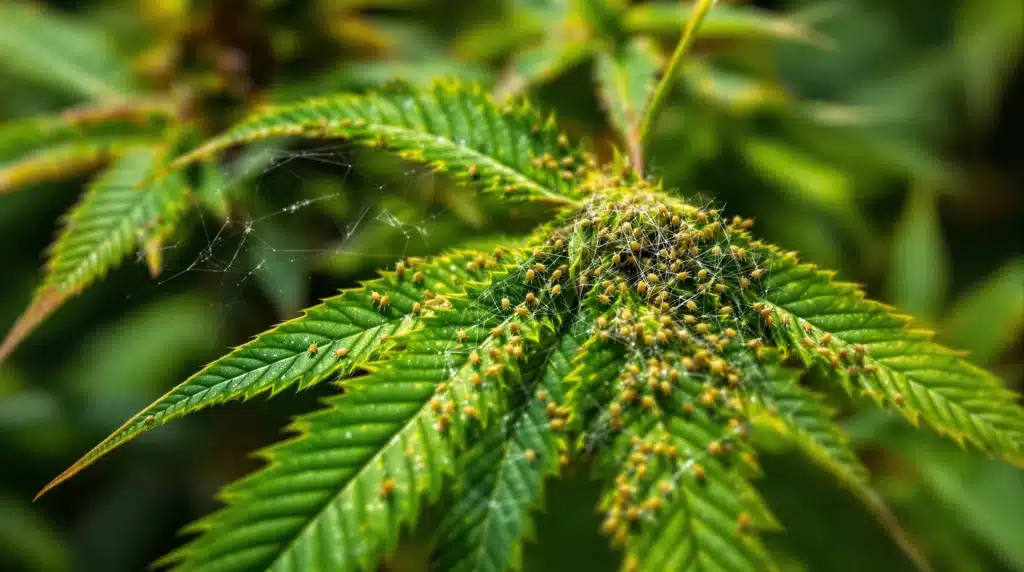
Adjusting Light Distance
A proactive approach to light management involves ensuring your lights are positioned correctly above your cannabis plants. By making regular adjustments based on plant growth and health, you can avoid developing any light-related damage. Always keep an eye on your plants and modify the light distance if any signs of stress appear.
Maintaining a consistent growing environment, including your light conditions, helps foster healthier plants and can lead to increased yields in the long run. Being aware of these factors and proactively managing them can make a world of difference in your growing experience.
Monitoring Environmental Factors
The overall growing environment greatly influences the health of your cannabis plants. Ensuring stable temperatures and humidity levels will help prevent issues like burning and pest infestations. Aim for daytime temperatures ranging from 70-85°F (21-29°C) and slightly cooler at night. Changes in these conditions can lead directly to plant stress.
Investing in a hygrometer and thermometer to monitor these levels can provide significant insight into your growing conditions. Simple adjustments within your space, like using fans or humidifiers, can drastically improve overall environmental quality for your plants, contributing to their health and vitality over time.
FAQs
Why are my cannabis leaves turning brown from the bottom up?
If the leaves at the base of your cannabis plant are turning brown, it might suggest a nutrient deficiency. As plants mature, older leaves could be sacrificed to channel resources into new growth. Evaluating and adjusting your feeding approach could help rectify this issue.
Can stress cause cannabis leaves to turn brown?
Certainly! Various stressors, including drastic temperature shifts, pest issues, and nutrient imbalances, can result in brown leaves. Cultivating a consistently stable environment is key to reducing such stress and fostering healthy growth.
What should I do if I notice browning tips on my leaves?
Upon noticing browning tips, review your feeding and hydration methods. Nutrient overload or too much moisture can often lead to this issue. Adjusting nutrient levels or allowing soil to dry appropriately can significantly improve your plants’ health.
Are browning leaves reversible?
While browning leaves do not revert to green, you can promote new, healthy growth with prompt and appropriate care. Addressing underlying issues quickly will help mitigate further damage and support the recovery of your plants.


